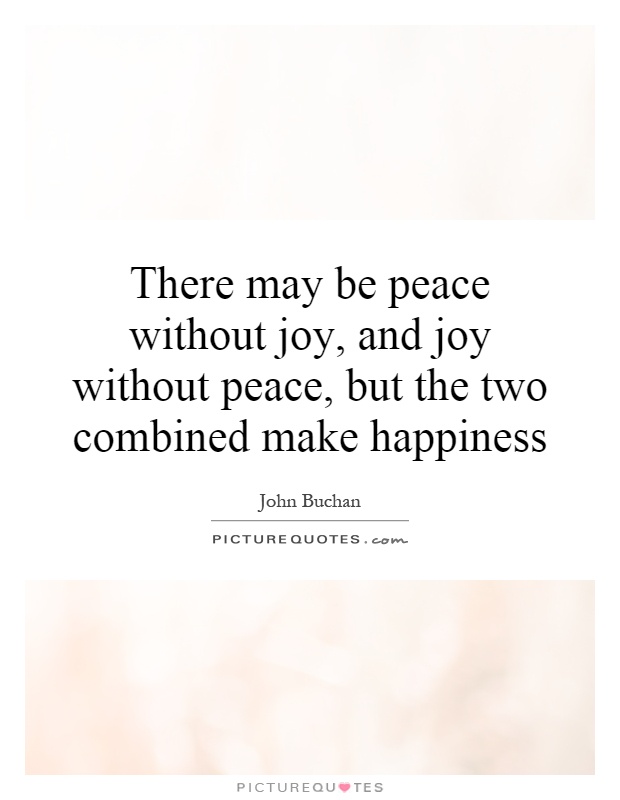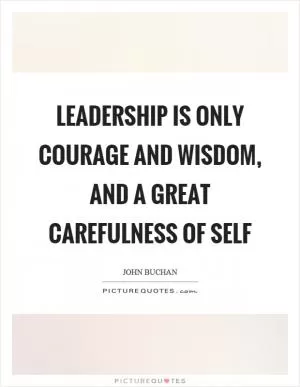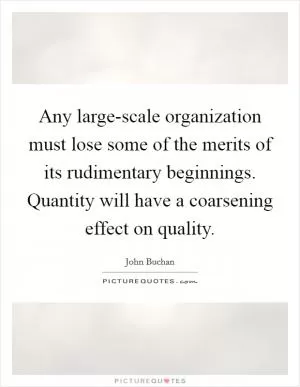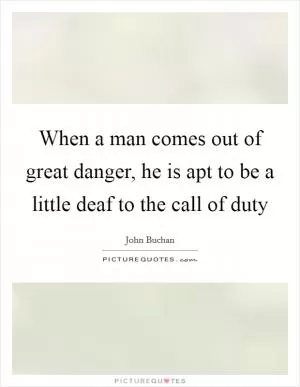There may be peace without joy, and joy without peace, but the two combined make happiness

There may be peace without joy, and joy without peace, but the two combined make happiness
John Buchan, a Scottish novelist and politician, understood the complexities of human emotions and the importance of finding a balance between peace and joy in order to achieve true happiness. In his works, Buchan often explored the themes of inner peace, contentment, and the pursuit of joy in the face of adversity.Buchan believed that peace and joy were not mutually exclusive, but rather intertwined in the pursuit of happiness. He understood that one could experience moments of peace without necessarily feeling joy, and vice versa. However, it was only when these two emotions were combined that true happiness could be achieved.
In his novel "The Thirty-Nine Steps," Buchan's protagonist, Richard Hannay, finds himself on the run from both the police and a group of spies. Despite the danger and uncertainty of his situation, Hannay is able to find moments of peace and joy in the small victories and connections he makes along the way. It is through these moments of peace and joy that Hannay is able to find the strength and determination to continue his journey and ultimately achieve his goal.
Buchan's own life was marked by both moments of peace and joy, as well as periods of turmoil and uncertainty. As a politician and diplomat, he faced numerous challenges and obstacles, yet he always maintained a sense of inner peace and contentment. It was this ability to find joy in the midst of chaos that allowed Buchan to persevere and ultimately find happiness in his life.












 Friendship Quotes
Friendship Quotes Love Quotes
Love Quotes Life Quotes
Life Quotes Funny Quotes
Funny Quotes Motivational Quotes
Motivational Quotes Inspirational Quotes
Inspirational Quotes